Monsters
Charlie White sends subtle messages. His photographs twist our social mores, commenting on the associations we make with famous (and imagined) events, art, and characters—revealing the monsters that hide in our corners.

Interview by Andrew Womack
The initial acts of violence in “In a Matter of Days” are perpetrated by the humans, not the extraterrestrials—though they do reciprocate at the end. So who are the monsters here?
I think the monsters are just a stand-in for things that we deal with all the time, or that we fear we might have to deal with in the future. I have always seen the series as comprised of landscapes of Los Angeles and, in a larger sense, of America. Although they are narrative in that they tell a story of an “attack,” they are not about a literal attack, so much as they are about places and people dominated by fear. Continue reading ↓
The images in this gallery are from his new book, Monsters. All images courtesy Charlie White; all images copyright © Charlie White, all rights reserved.
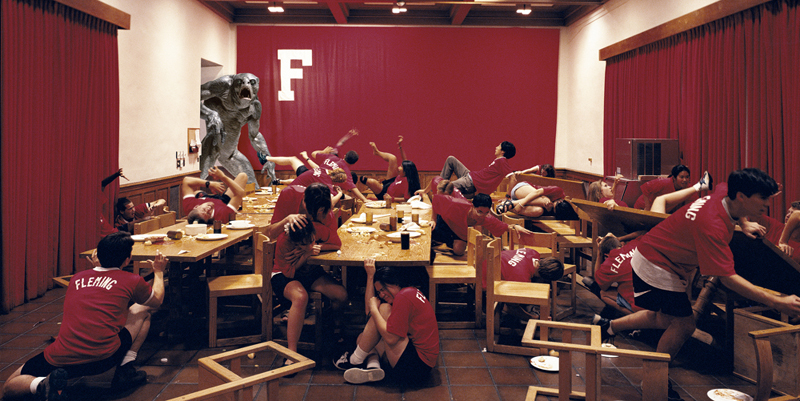
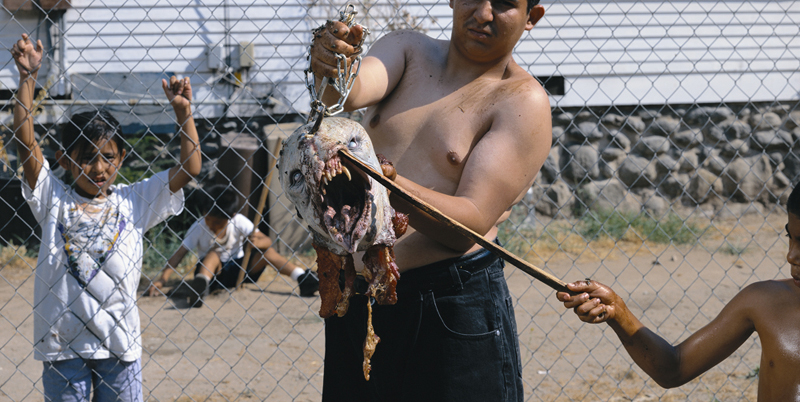
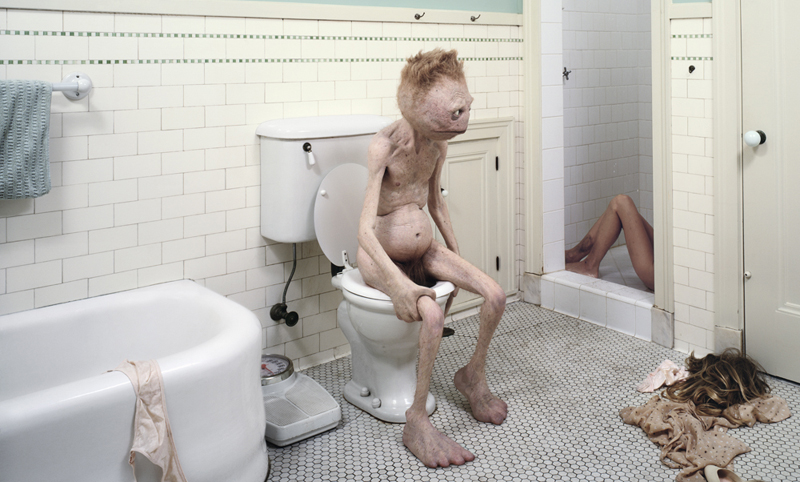
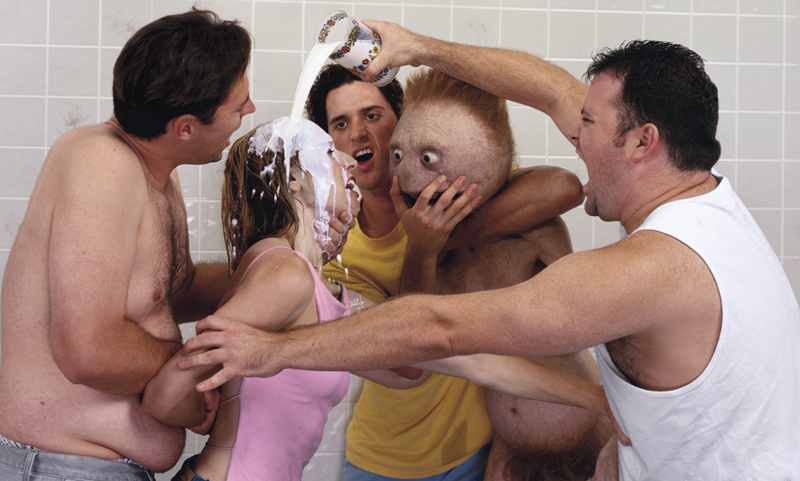
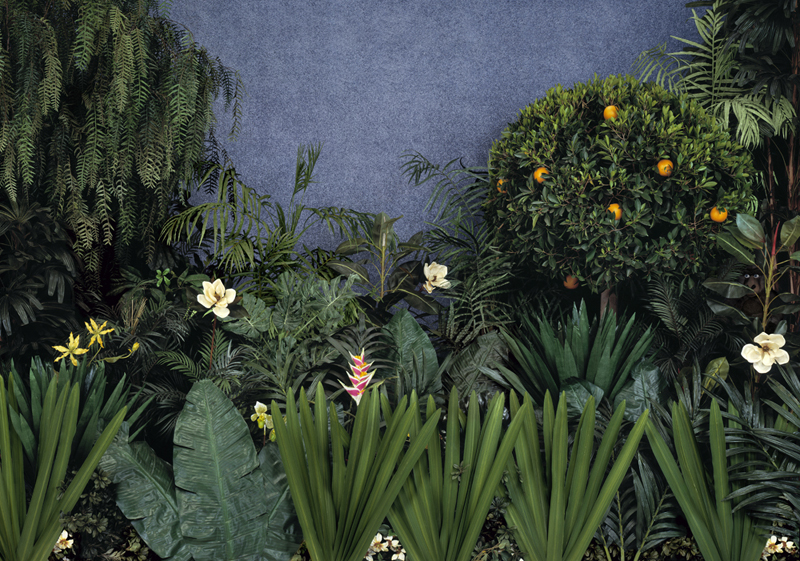
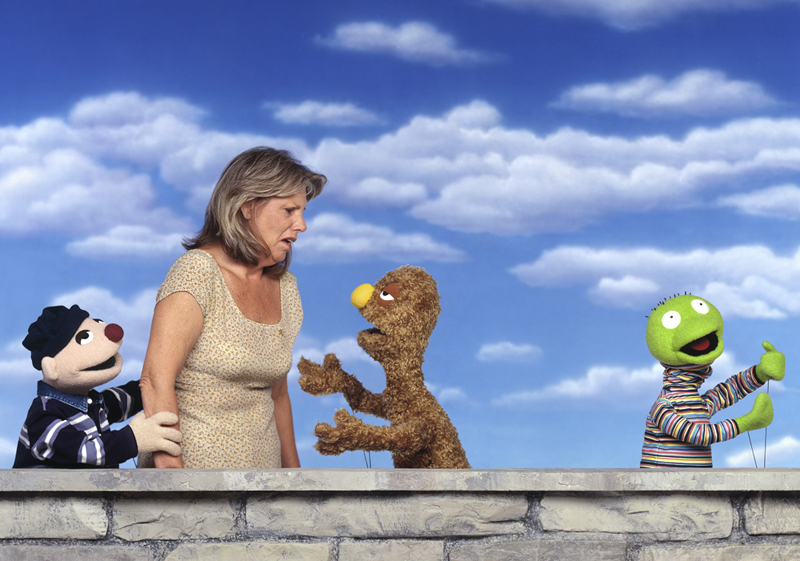
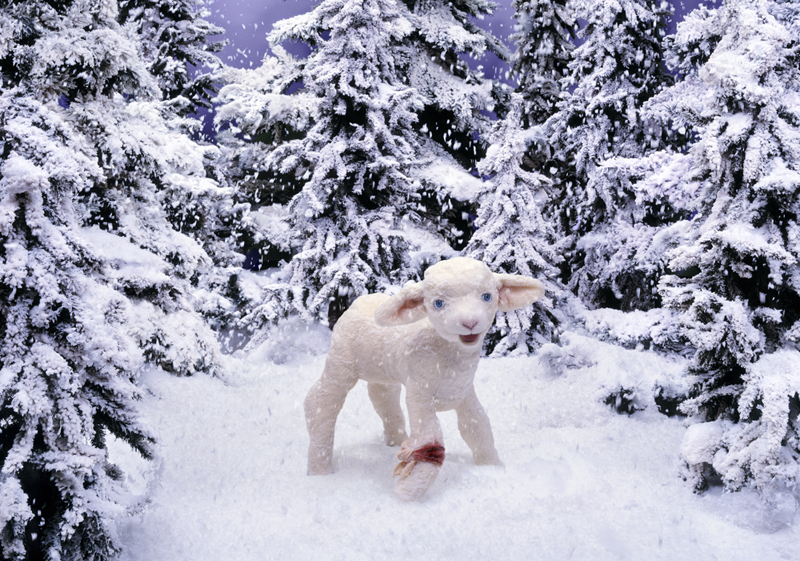
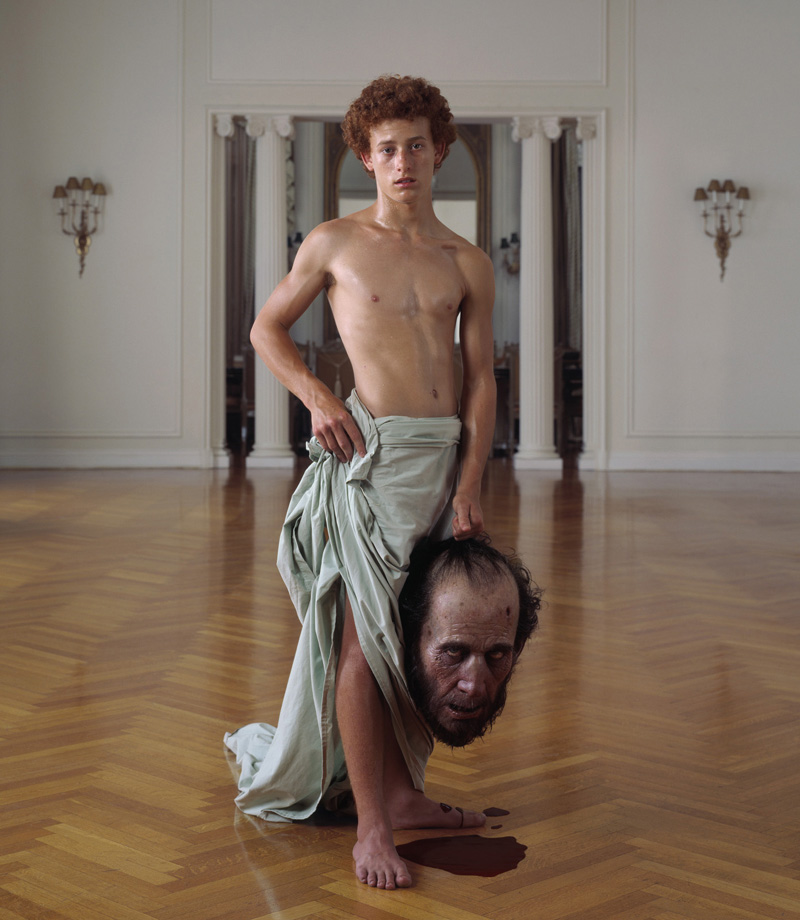
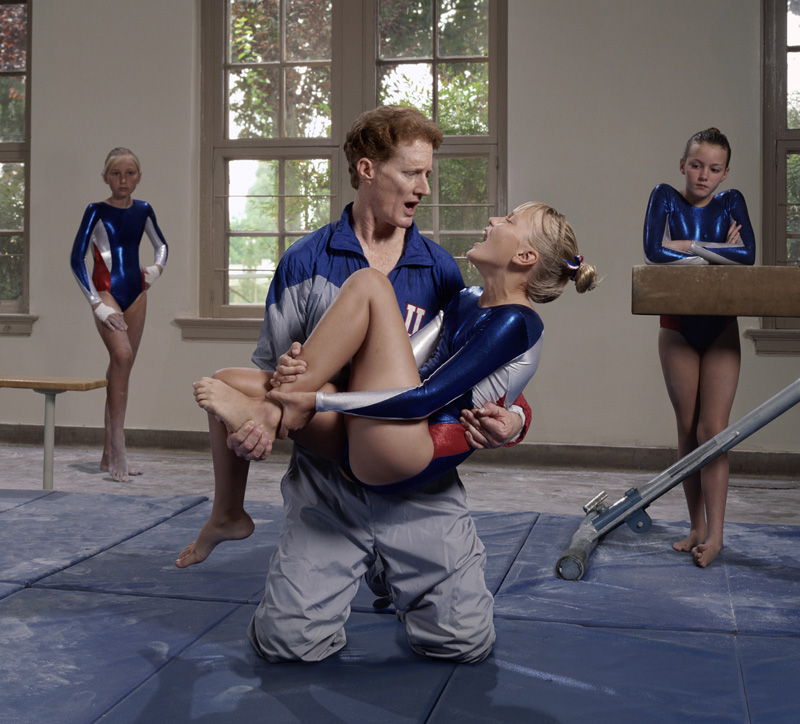
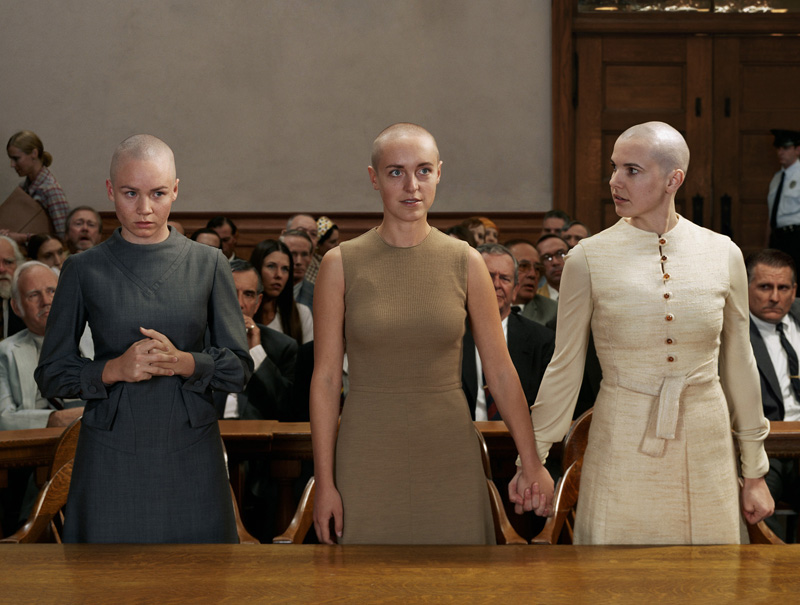
Interview continued
The images in “Everything Is American” feel very Neoclassical. Is Charlie White a tragedian, a la Sophocles?
A few of the images do have a classical quality, certainly “Champion” does. Am I a tragedian? I think it’s fair to say I am interested in various forms of downfall, though I focus on the problem far more than on the resolution. I am interested in the tension that results from paying attention to complicated situations and juxtapositions.
What is the connection between these iconic stories and characters and contemporary stories and characters?
They are all contemporary. Even the period-specific works such as “Tate-LaBianca” are clearly created as reconsiderations of the past, in the same way that a painting is ultimately from the time that it was made opposing the time it references historically. I started looking at young people when I began the series, and to do that I considered prototypical youth characters such as David as a starting point. I understand the represented characters in the series as moving fluidly between any history they reference and the present, so I guess you could say that the photographs themselves are the connection—a way of filtering the past through the present.
Should we find beauty in these sometimes gruesome characters? Do they deserve our sympathy?
I think I consciously create or frame problematic characters in a manner that asks the viewer to respond to them, either aesthetically or from an emotional standpoint of understanding.
How much does chance play into your work? Are you ever surprised the outcome of your photos?
Yes. First, there is the very long voyage to reach the day that I take the photograph, and then there is another great stretch afterwards until that photograph is finished. During this process there are often realizations that take the work in unplanned directions.
What are you working on now?
I am currently completing a short film that is the starting point for a new body of work.
